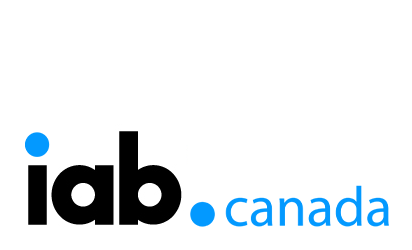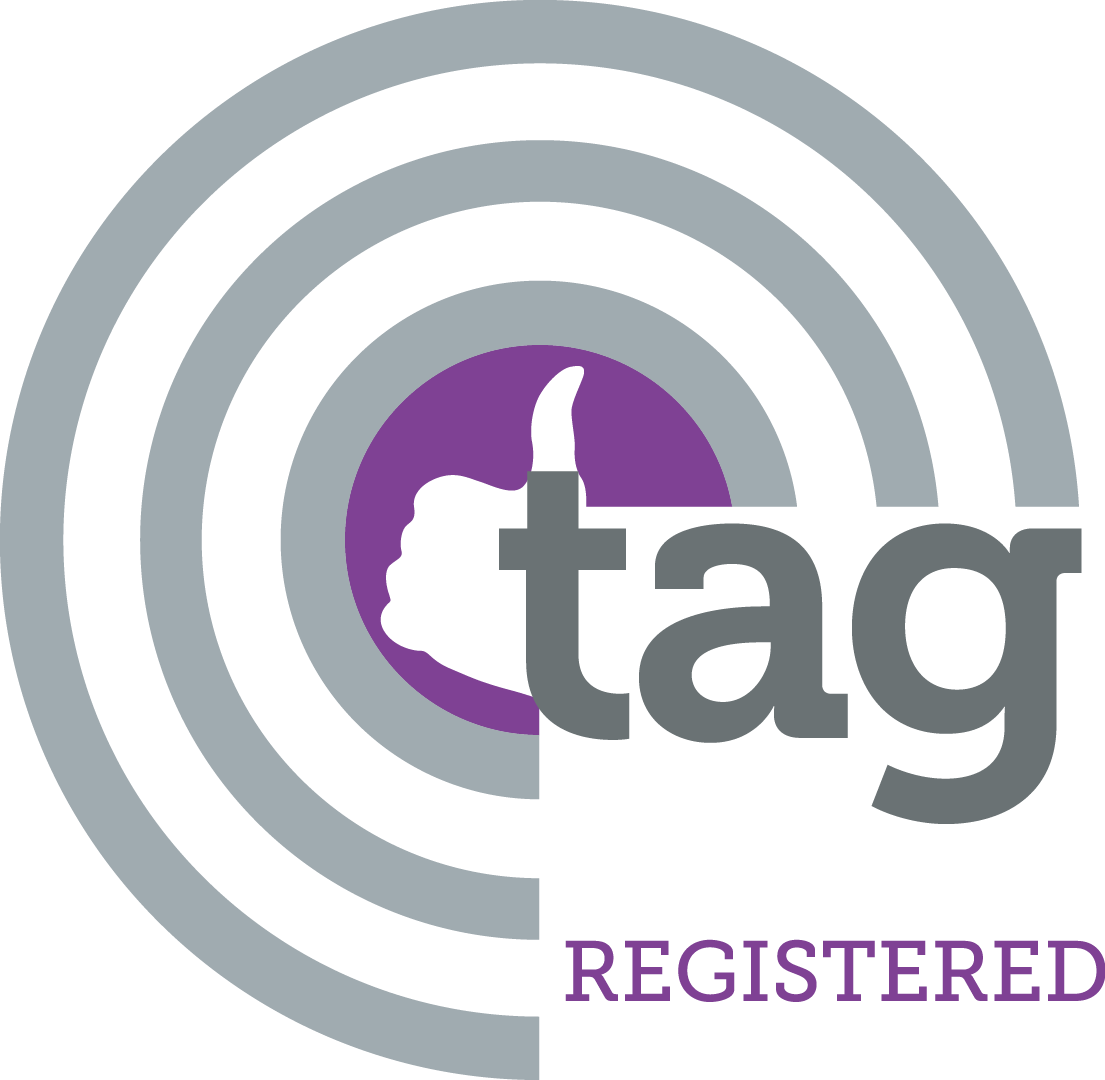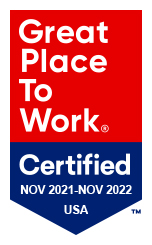
Leveraging Personalization and Dynamic Retail Solutions
What Grocery Retailers Should Do Now to Prepare for What's Next
By: Oz Etzioni; Featured in Today’s Grocer
What once was a quick trip to the grocery store is now a click of the mouse. COVID-19 has changed consumer’s grocery purchasing habits – more than 50% of US grocery shoppers purchase at least some of their groceries online. However, grocery stores are still relying on in-store traffic to ensure brand awareness, loyalty, and experience.
Leverage Personalization to Meet Expectations
For the first several months of the pandemic, it became nearly impossible to find toilet paper and cleaning products, which sparked widespread frustration for many shoppers. We are certainly living in unpresented times, however this isn’t exactly a new problem for grocers. Have you ever tried to purchase cranberry sauce a few days before Thanksgiving, or eggs/bread/milk in anticipation of a snow storm? With today’s advancements in creative personalization technology at their disposal, there’s ample opportunity for Grocers to effectively communicate with their customers online to ensure a better shopping experience in store.
Personalization was a key tool to keep up with changing consumer behaviors during the pandemic. Many of our clients who created targeted ads based on on-site restrictions, weather, and product demand are continuing to see an uptick in overall sales and engagement. Retailers can also directly input their product feeds, which update the featured products per store location in each creative, across each channel, all in real-time. Nearly 89% of consumers said they shop differently because of COVID-19, and with so much uncertainty, it’s highly likely that another round of behavior changes in on the horizon. Be ready for it.
Leverage Data & Strategic Partnerships to Convert Brand Loyalists and Capture New Customers
The pandemic shifted how and where consumers shop for groceries. People wanted to spend less time in public places, and more time at home and online. While many retailers were able to solve for the new logistics that accompany this trend, many CPG brands found it difficult to convert brand loyalists and capture new customers without in-store touchpoints. When it comes to online grocery shopping, online browsing behavior is more narrow focused compared to in-store browsing, and there are less opportunities for brands to capture the attention of their customers with tangible tactics such as end cap displays and product sampling. To really stand out online, we recommend CPG brands take control of their data stream and build strategic partnerships that enable them to gain market share while learning more about their customers.
The recent Clorox/Uber partnership is a great example of a brand promoting their customer utility in a meaningful way. Clorox supplied Uber with 600,000 canisters of disinfectant wipes in three cities hit hardest by the virus for their co-branded “Commitment to clean” initiative. Dynamic Creative Optimization is an excellent tactic to further amplify these types of partnerships, as advertisers can quickly create personalized ads that are hyper localized and rendered to align with a variety of audience behaviors and attributes, and scale them across all digital channels.
Personalization helps generate and establish real connections with consumers – they are more likely to notice, remember, and respond to content that fits within their lifestyle, preferences, and impulses. Make sure your data is organized, accessible, and usable, as it is the key to any successful ad experience that creates an everlasting relationship with your customer.



